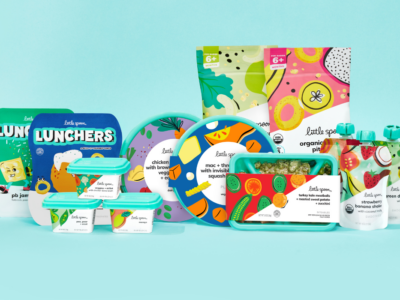Research has shown that breast milk provides the ideal form of nutrition to infants as it contains all the nutrients for optimal growth and development. After all, breast milk is the liquid gold for babies, but here are a few facts that you may not know!
1. Frequent feeding or pumping is key
Contrary to popular belief, the only proven way to establish, increase or maintain adequate milk production according to The National Library of Medicine, is to ensure that you pump or breastfeed often and that enough milk is removed from the breast. A feeding frequency of at least 7 times within 24 hours in the first 2 weeks after birth, is associated with the establishment of adequate milk production.
2. Benefits of breastfeeding and breast pumping are not the same
Pumping is a suitable alternative to breastfeeding to help maintain adequate supply. It is also a way to help ensure your baby receives breastmilk when he or she can’t be breastfed, for example premature babies. However, breastfeeding is an easier way to ensure skin-to-skin contact, which may help to increase the success rate and duration of breastfeeding.
3. Breast milk differs between boys and girls
Research has shown that the breast milk from mothers who have boys is higher in fat than the milk from mothers having girls. Boys on average also consume more milk than girls, which also increases milk production.
4. One breast may produce more than the other
Although the average milk produced by the left and right breast may be the same, it is not uncommon for one breast to be more productive than the other. And it is usually the right breast!
5. Breast size is not indicative of milk production
Breast size is not indicative of how much milk a mother can produce, but women with smaller breasts are more likely to have smaller storage capacities. Therefore, their infants may feed more often than mothers who have larger breasts. It is also possible that some larger breast may have low storage capacity if the size is due to a high percentage of fat tissue and not glandular tissue.
6. Maternal dietary intake affects breast milk nutrient profile, not content
Galactogogues, AKA, lactation food boosters, are often taken by breastfeeding women to increase breastmilk supply. However, we don’t know whether these have any effect on supply because there is extremely limited and very low certainty evidence for this phenomenon. What is certain however, is that maternal dietary intake has little effect on some nutrients, whilst the content of other nutrients are rapidly or substantially reduced with maternal depletion. Nutrients that are transferred via breast milk to the infant which are affected by maternal dietary intake, include Omega 3, thiamin, riboflavin, vitamin B-6, choline, retinol, vitamin A, vitamin D, selenium and iodine. That’s why Nunona makes Mama Balls, nutrient dense energy balls with essential nutrients to support Mama’s diet post-partum and help you get the nutrients you (and baby) need during your breastfeeding journey.
7. Breastfeeding protect mothers against cancer
Breastfeeding protects infants against infections. It also may improve cognitive scores and protect them against obesity and diabetes. Did you know breastfeeding can actually prolong mom’s life? Yep, breastfeeding is also good for mothers as it offers protection against breast cancer and may also protect against ovarian cancer and type 2 diabetes.
8. Breast milk acts like a “clock”
Several human components show circadian rhythm (sleep-wake pattern over the course of a 24-hour day) variation for example fats, cholesterol, iron, melatonin, cortisol, and cortisone. These variations may transfer chronobiological information from mother to child that may assist in the development of the infant’s biological clock. Melatonin is by far the most
studied. Levels in Melatonin in human milk peak at night, which may help infants distinguish between day and night, according to The National Library of Medicine.
9. Breast milk contains bacteria
In addition to nutrients required for growth and development, human milk also contains beneficial bacteria which enhances immunity. Proven through studies, some of the bacteria prevent pathogen adhesion and promote gut colonisation of beneficial microbes.



